Local “hams” attend national field day for amateur radio
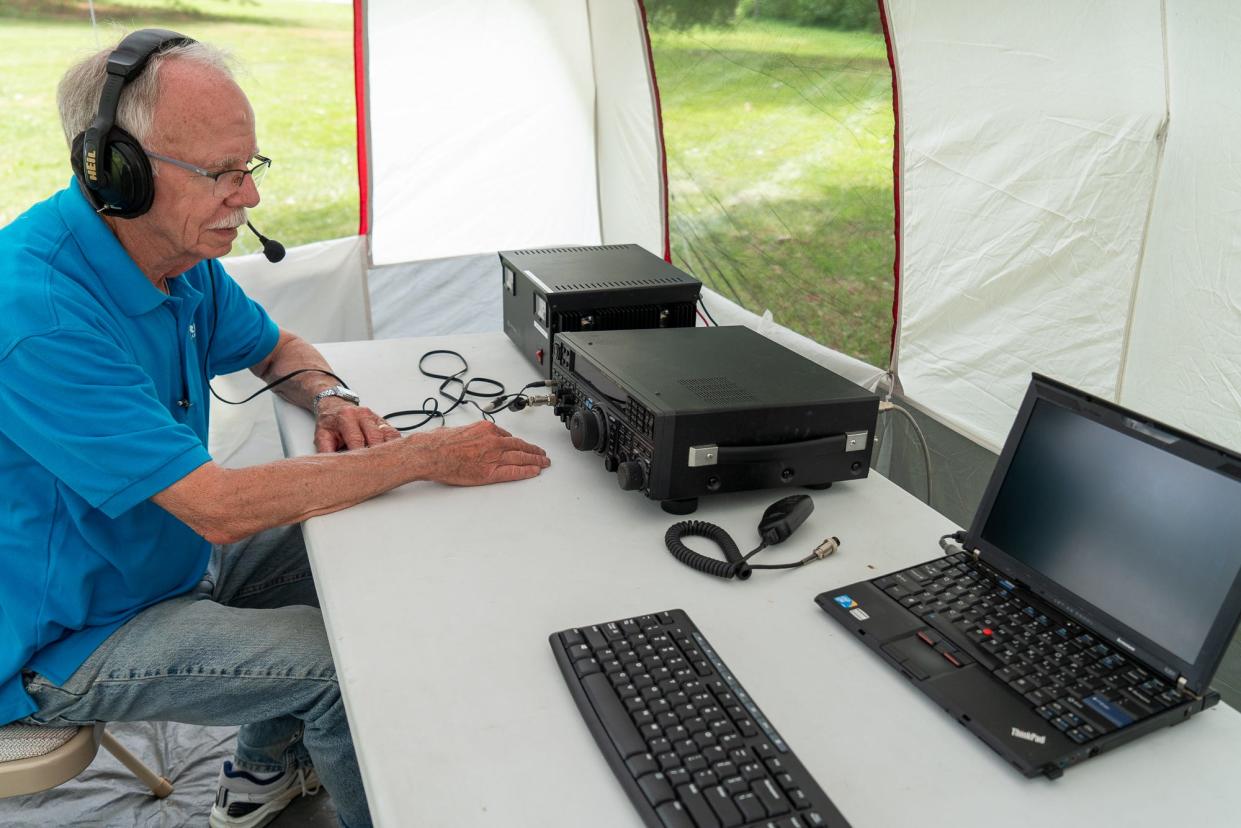
A group of amateur radio enthusiasts and operators set up camp at a Temperance park to test their skills along with thousands of others across North America, as part of an annual gathering.
The Monroe County Radio Communications Association (MCRCA) hosted numerous amateur radio operators – known as “hams” – for the annual American Radio Relay League (ARRL) Field Day at Vienna Park on June 25.
According to the ARRL, the event began in 1933 and is the premier annual event for ham radio enthusiasts. Over 35,000 people participate in the event each year, with stations of campers set up all over the United States and Canada.
The event takes place every fourth weekend of June and officially runs for 24 hours starting at 2 p.m. on Saturday. Attendees wear shirts or badges that display their individual call signs, which is common practice among hams. These call signs are used as legal identifiers for people who use amateur radio communications.
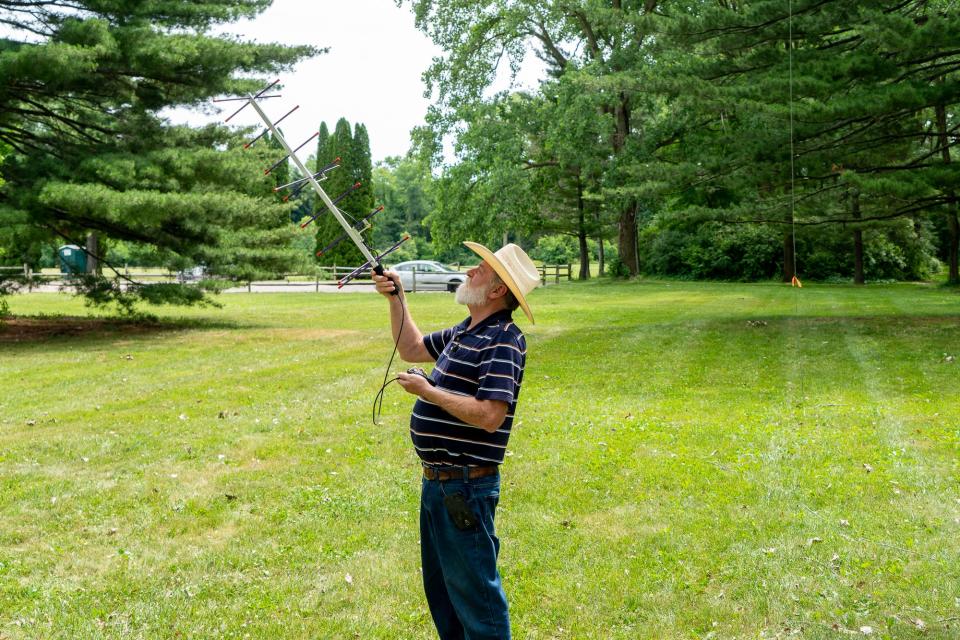
Terry Kolton (call sign N8NYP), who handles communications for MCRCA, said that hams are uniquely equipped and prepared for keeping communication lines open in the face of disasters and power grid failures. However, he added that many people are not aware of what hams do.
“Usually, when I mention amateur radio, I get a blank stare,” he said.
Still, he said that amateur radio operators are everywhere, and that they often take part in charitable and community activities.
“Amateur radio is a hobby, but there are a lot of us who put time into public service,” he said.
In addition to the camaraderie, the event serves as sort of a friendly contest to see who can make the most contacts with other operators, and the methods range from vintage-style morse code to high-tech radio equipment.
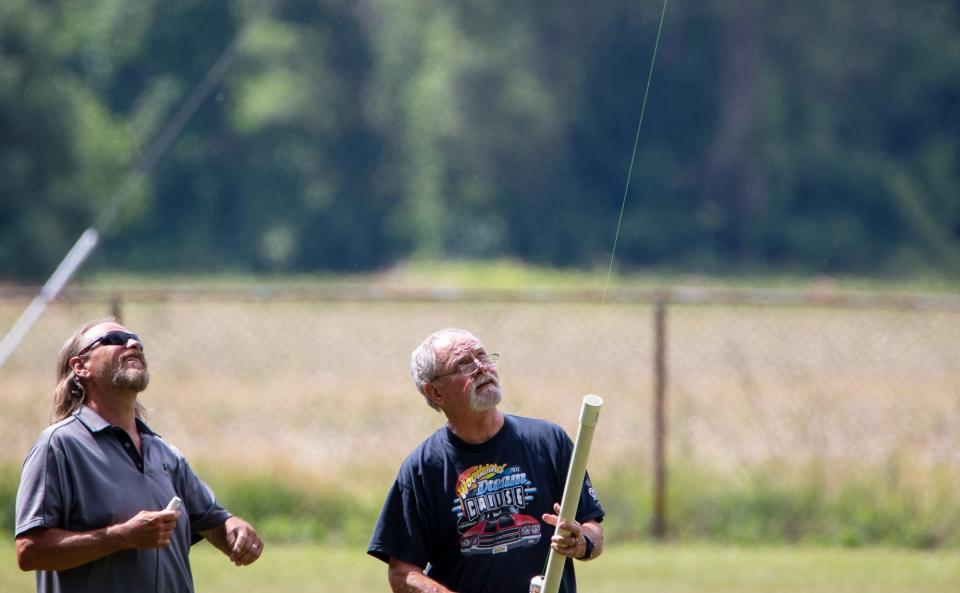
Dale Williams (WA8EFK) is the Great Lakes Division Director for ARRL. He explained that there are several purposes for the get-together, including practice for emergency situations, as well as lighthearted activities such as the competition between geographically based sections throughout North America. Each section gets 1 point for each contact made with another section – or 2 points for contacts made via morse code.
Williams said that there is always an operator and a designated log keeper throughout the event. This helps track points and document all the contacts made.
“Our computers are networked, so we see how others are doing,” he said.
Paul Trouten (W8PI), who attended his first event in 1958, said the busiest time is usually at the start, and it begins to slow down a bit after midnight.
“Once we get set up and operating, we’ll be talking on the radios,” he said.
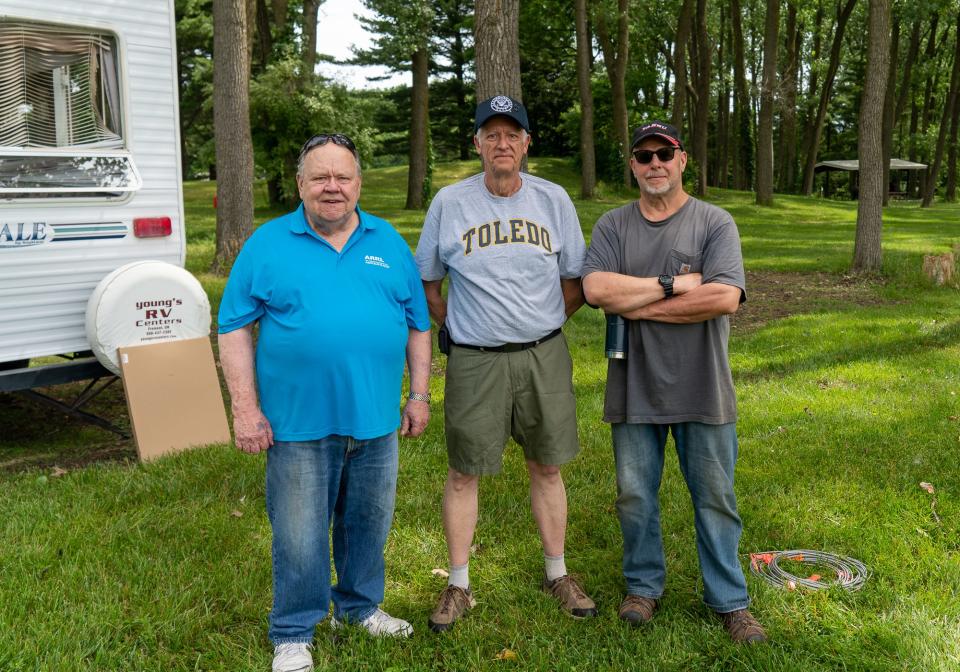
Wes Busdiecker (KC8SKP), who said he has been attending for at least 15 years, explained that activities go on throughout the night.
“There are some breaks, but some people run pretty long,” he said.
“At 2 in the morning, it gets pretty tough,” Williams said.
Still, the group is not entirely without some amenities.
“We have a coffee pot running 24 hours,” Trouten said.
Despite the long run of hours, the group aims to create an off-grid setting with no standard electrical service, using generators for power – just like if the electrical grid and other everyday communication methods were down.
“It’s for planning and making emergency preparedness,” Trouten explained.
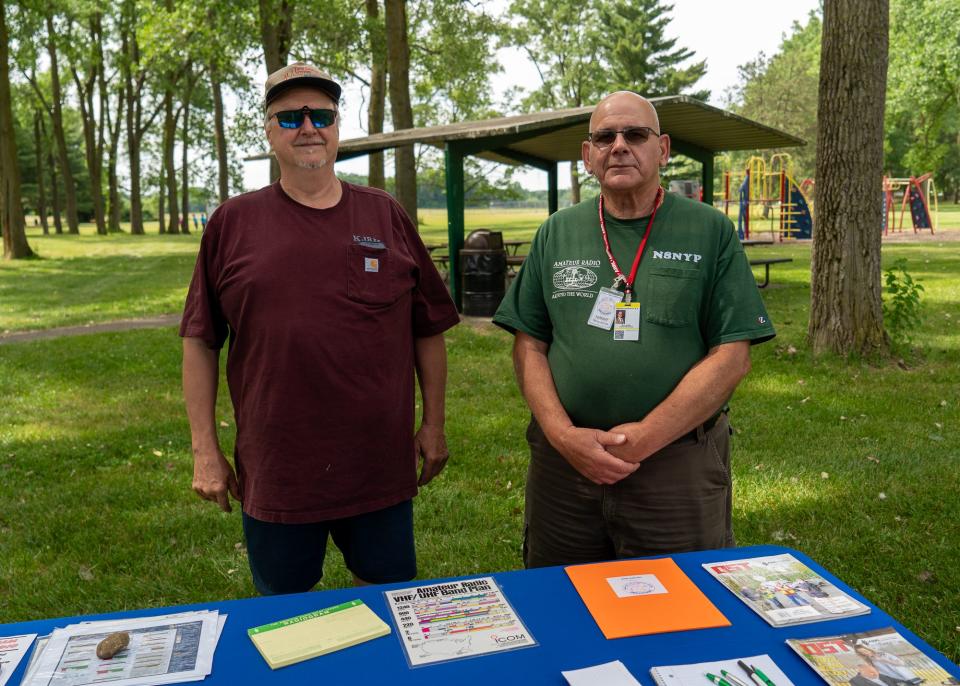
Keith Hutchinson (KJ8H), on the other hand, said in addition to the more serious preparation activities, it is simply fun to talk to others, no matter how far away.
“I like the thrill of being able to talk to people all over the world,” he said. “Most of them speak English.”
“In one contest, I talked to 300 people in a day,” he added.
Hutchinson asserts that ham radio is an excellent hobby due to its international use and its ease of access.
“You can educate yourself or you can come to a club like ours to get an education to get your started,” he said. “There’s so much information out there.”
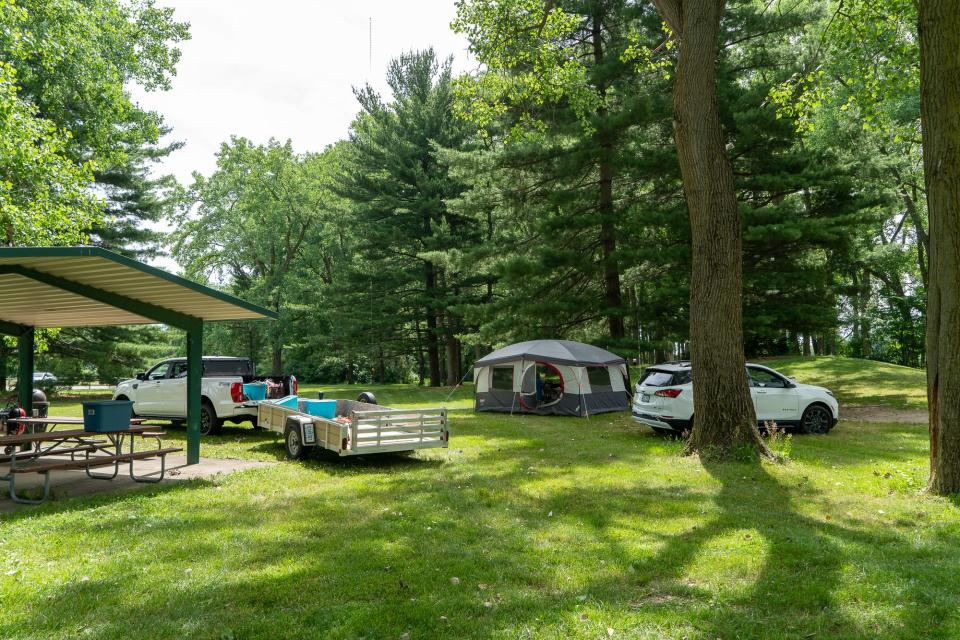
To be granted an operating license and call sign, one must take a government-issued test. The MCRCA offers these tests along with a 1-day class on the second Saturday of even-numbered months.
Jeff Giles (K8OLV) was attending the event for the first time. He explained that his professional life took him all over the world. Now that he is retired, he sees an opportunity to continue talking to people and to learn more about ham radio by participating alongside longtime attendees.
Additionally, Giles said that there are much loftier implications associated with ham radio communications.
“With all these difficult times, open communication is the way to peace and prosperity on the planet. I want to be a part of that.”
This article originally appeared on The Monroe News: Local “hams” attend national field day for amateur radio

